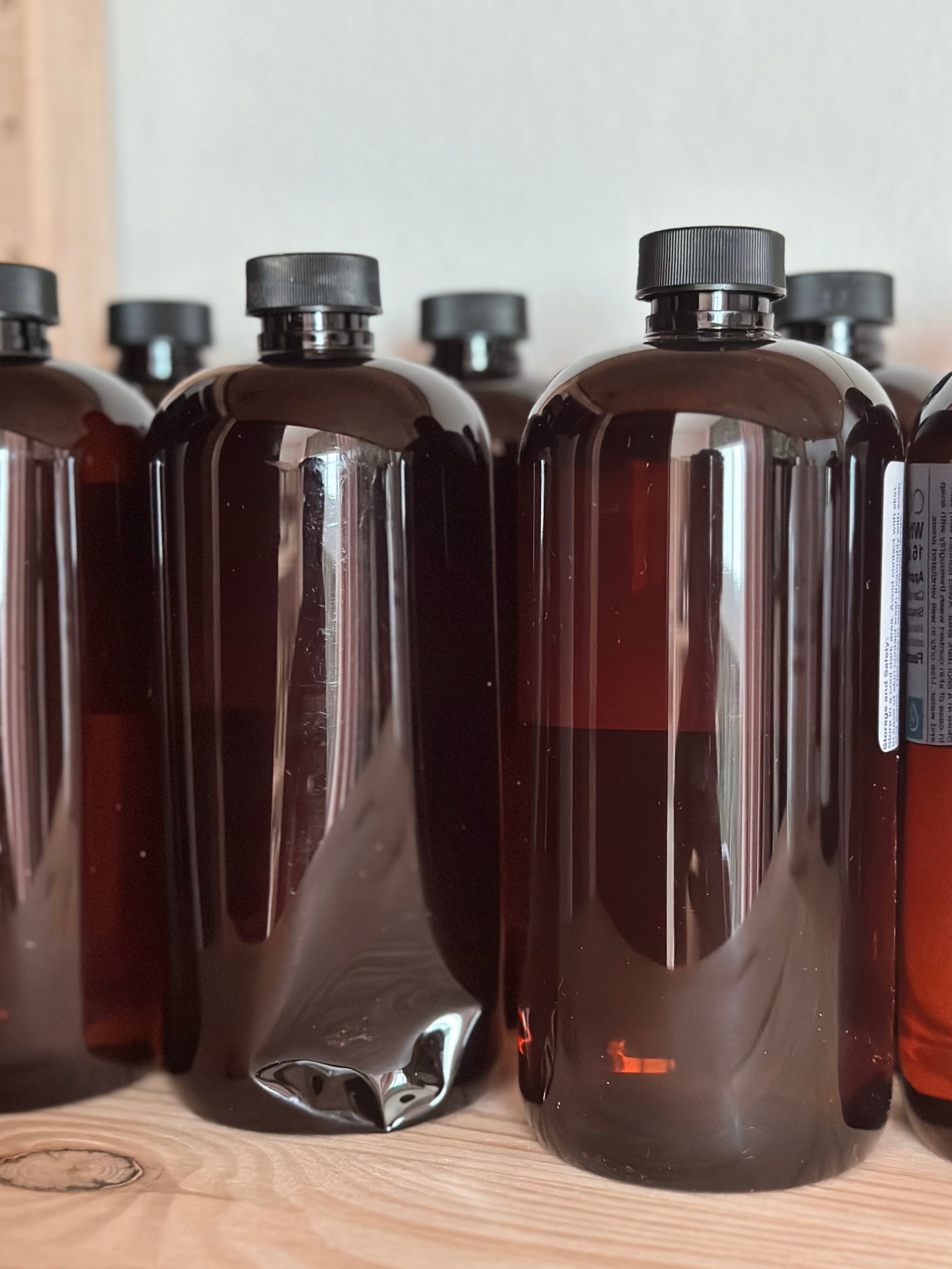
Fragrance Safety
In the world of scents and fragrances, the term "clean scent" has become increasingly prevalent, signaling a commitment to not only olfactory pleasure but also to health and well-being. Many consumers are becoming more conscious of the products they bring into their homes, and the importance of understanding what exactly makes a fragrance "clean" is paramount. In this article, we will delve into the criteria that define a clean scent and explore why these distinctions matter.
Defining Clean Scents:
The term "clean scent" goes beyond merely being phthalate-free and Proposition 65 compliant. California's Proposition 65, while well-intentioned, has raised questions about the safety of various products, including fragrances. This regulation requires businesses to provide warnings about the presence of chemicals known to the state to cause cancer, birth defects, or other reproductive harm. However, it's crucial to note that the mere presence of a chemical on the Proposition 65 list doesn't necessarily mean the product poses a significant risk.
Fragrances designated as clean scents take an extra step by avoiding ingredients associated with five main hazard groups:
-
Carcinogens: Carcinogens are substances known or suspected to cause cancer. Clean scents steer clear of these potentially harmful materials, prioritizing the health and safety of consumers.
-
Mutagens: Mutagens are substances that can alter the DNA of cells, leading to cell damage and diseases such as cancer. Clean scents refrain from using mutagenic materials, minimizing the risk of genetic harm.
-
Reproductive Toxins: Reproductive toxins are substances that can negatively impact reproductive organs and increase the likelihood of birth defects. Clean scents prioritize the avoidance of such toxins to ensure the safety of individuals, especially expecting mothers.
-
Organ Toxins: Toxins that specifically target and harm certain bodily organs are avoided in clean scents. This ensures that fragrances do not pose a threat to the proper functioning of vital organs.
-
Acute Toxins: Clean scents also eschew materials that can cause immediate adverse effects from a single exposure. This is particularly crucial in preventing accidental exposure, such as spillage or ingestion.
Understanding Fragrance Safety:
For consumers keen on ensuring the safety of the fragrances they bring into their homes, it is essential to be informed and proactive. Here are some key considerations:
-
Check Ingredient Lists: Thoroughly review the ingredient list of a fragrance product. Reputable brands committed to transparency will provide a detailed breakdown of the components used in their scents.
-
Research Brands: Investigate the reputation and practices of the brands you are considering. Trusted brands often have a commitment to safety and transparency, making information about their fragrance formulations readily available.
-
Seek Certifications: Look for certifications from relevant authorities or organizations that endorse the safety and cleanliness of fragrances. Certifications such as IFRA (International Fragrance Association) can be a reliable indicator of adherence to industry safety standards.
-
Customer Reviews: While not a foolproof method, customer reviews can provide insights into the experiences of others with a particular fragrance. Look for patterns related to allergic reactions or adverse effects.
In the quest for a fragrant and safe environment, understanding the nuances of clean scents is crucial. By prioritizing fragrances that go beyond the basic regulatory requirements and avoiding hazardous materials, consumers can confidently enhance their living spaces while safeguarding their health. Whether through meticulous ingredient scrutiny or relying on trusted brands, the choices we make in selecting clean scents contribute to a healthier and more enjoyable olfactory experience.


